Some dogs cope just fine when left alone, but others struggle with overwhelming stress and anxiety. Separation anxiety is a common behavioral issue in dogs that can lead to destructive habits, vocalization, and distress when their human is away.
While any dog can develop this condition, certain breeds are naturally more prone due to their deep attachment to people, emotional sensitivity, or history of close companionship work.
Common signs of separation anxiety include:
Excessive barking, whining, or howling
Destructive chewing or scratching at doors
Pacing or restlessness
House soiling despite being house-trained
Attempting to escape or follow the owner
Refusing food or showing signs of distress
Dogs with separation anxiety aren’t being disobedient; they’re afraid. Understanding which breeds are more likely to develop this issue can help owners take early steps to prevent long-term stress and behavioral problems.
This guide explores the breeds most affected by separation anxiety and what potential owners need to consider before bringing them home.
Dog Breeds That Develop Separation Anxiety
1. Labrador Retriever
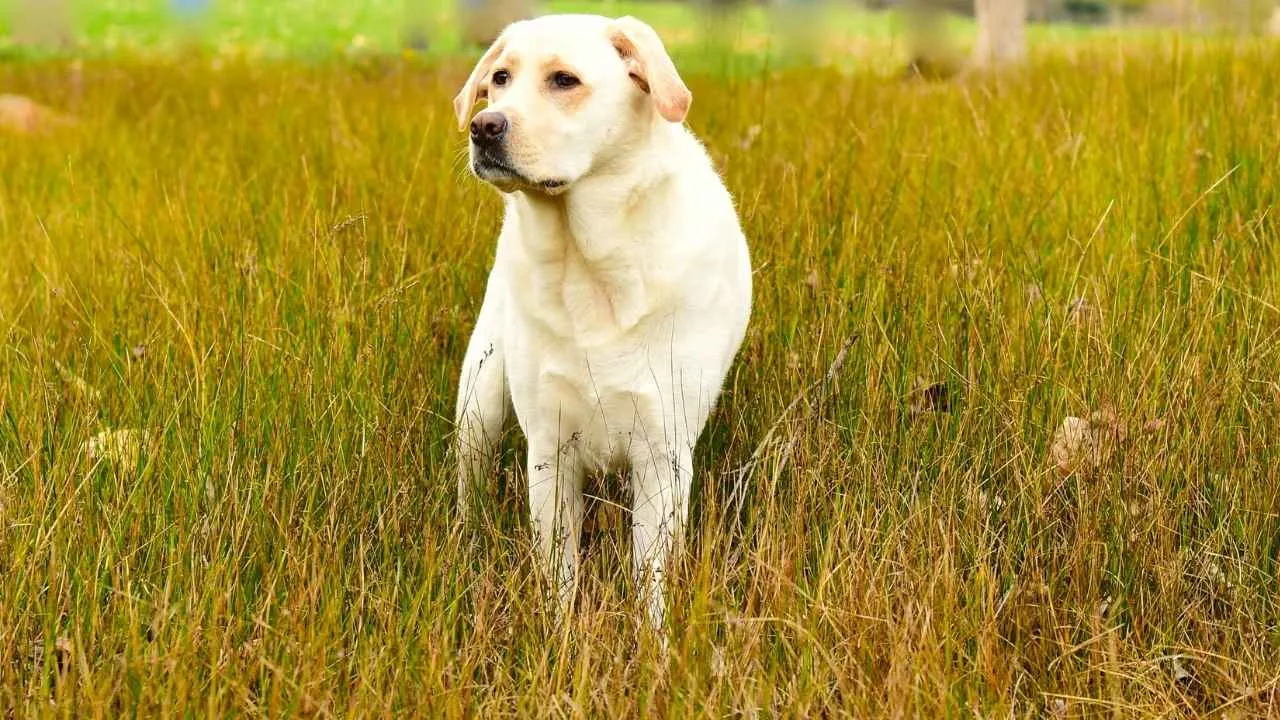
Key Traits:
Highly social and people-oriented
Intelligent but emotionally sensitive
Prone to stress with routine changes
Labrador Retrievers are deeply affectionate and naturally bonded to their humans. Bred to work closely with people, they often become distressed when left alone for long.
This emotional dependency can lead to behaviors like barking, chewing, drooling, or pacing. Shelter adoption, sudden schedule shifts, or loss of a companion can worsen their anxiety.
Early socialization and gradual independence training are critical. Teaching a Lab that alone time is safe prevents habits from forming later.
For mild cases, food-dispensing toys or frozen peanut butter-filled Kongs work well. These turn departure into a rewarding moment rather than a fearful one.
Moderate to severe anxiety may need structured desensitization. Starting with very short absences and slowly increasing duration helps Labs build tolerance.
It’s also important to remove “pre-leaving cues” like jingling keys or saying goodbye. These cues can trigger stress before you even walk out the door.
Because Labs are intelligent and active, keeping them mentally and physically stimulated before leaving can ease their anxiety. Tired dogs are calmer and more likely to rest while you’re away.
In more stubborn cases, behaviorists or temporary medication from a vet might be needed. Patience, consistency, and structure go a long way with this devoted breed.
2. Border Collie
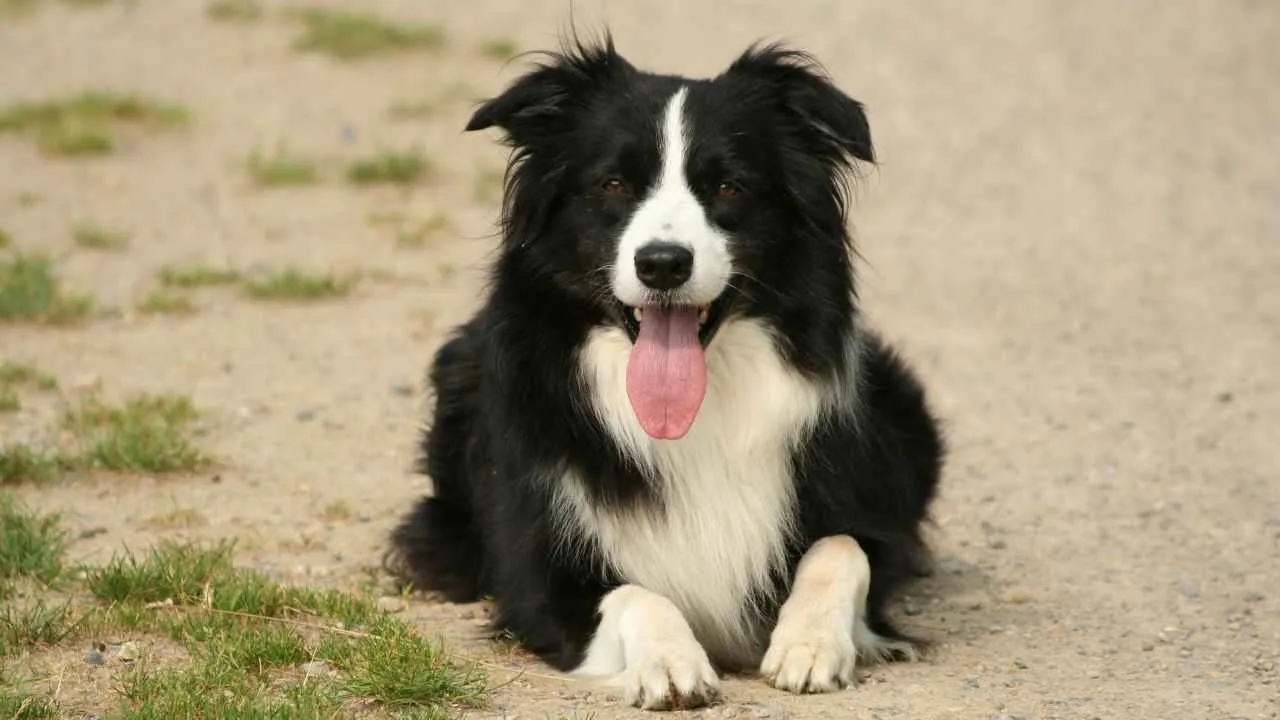
Key Traits:
Highly intelligent and sensitive
Needs consistent mental and physical stimulation
Prone to anxiety if under-stimulated or left alone too long
Border Collies are one of the most intellectually gifted dog breeds, originally bred to herd sheep across rugged terrains. This intense working background has shaped their sharp instincts, deep loyalty, and drive to stay active and mentally engaged. Left to idle without a job or companionship, many Border Collies begin to show signs of separation anxiety.
As per Clyde Vet, their strong emotional bond with their humans makes them vulnerable to distress when left alone. They may bark, chew, or pace, not out of mischief, but out of genuine stress. These dogs thrive on routine and stimulation, and abrupt changes or long absences can throw them into anxious behaviors.
They benefit immensely from challenging games, obedience training, or even canine sports like agility and flyball. Without these outlets, boredom and anxiety can quickly escalate. A tired Border Collie is a contented one, especially if their brain gets a workout alongside their body.
Owners should also be mindful of their emotional sensitivity. Sudden loud noises, tense environments, or unpredictable schedules can overwhelm them. Providing a quiet retreat area and maintaining predictable daily rhythms go a long way in helping them feel secure.
While not ideal for low-activity households, Border Collies flourish with owners who can meet their high engagement needs and build trust through consistency and presence.
3. Cavalier King Charles Spaniel

Key Traits:
Deeply attached to their human companions
Naturally anxious and highly sensitive
Easily distressed when left alone
Cavalier King Charles Spaniels are true companion dogs, bred to be by your side at all times. Their affectionate and people-oriented nature makes them wonderful family pets, but it also puts them at risk for separation anxiety. Many Cavaliers are lovingly called “Velcro dogs” because they follow their owners everywhere, even to the bathroom.
These gentle dogs don’t handle long absences well. When left alone, they may bark excessively, scratch at doors, or engage in destructive behaviors. Some also show physical signs of stress, like panting, trembling, or refusal to eat.
The root of their anxiety often lies in their strong pack instincts and need for constant human presence. Abrupt changes in routine, like returning to work after being home, can trigger or worsen separation anxiety. Pain from chronic conditions (like syringomyelia or arthritis) may also heighten their distress when alone.
Training should begin with very short separations and build up slowly. Baby gates, calm departures, and not making a fuss when returning all help reinforce positive alone-time experiences. Patience and consistency are key; rushing progress can undo all your work.
For some Cavaliers, professional help from a veterinary behaviorist may be necessary. These specialists can identify whether deeper issues like chronic pain or trauma are at play and tailor a plan involving behavior modification or medication.
4. German Shepherd
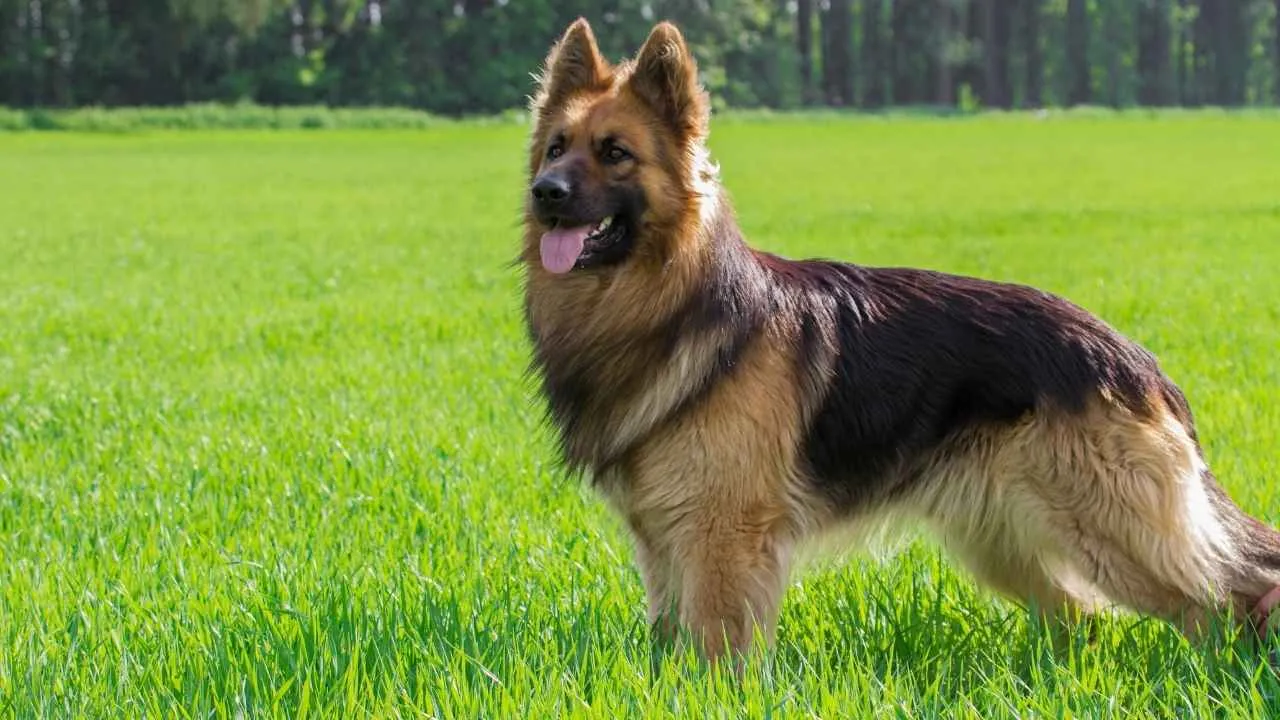
Key Traits:
Emotionally perceptive and reacts strongly to owner’s absence
Needs structure, consistency, and mental challenges
Vulnerable to anxiety from both boredom and routine disruption
German Shepherds form intense emotional bonds with their humans, often shadowing them from room to room. This closeness makes them particularly sensitive to time spent alone, especially when daily patterns shift or stimulation is lacking.
Their intelligence means they pick up on departure cues quickly, and grabbing keys or putting on shoes may trigger immediate pacing, whining, or restlessness. Left alone too long, they may resort to destructive behaviors, escape attempts, or excessive vocalization, and in severe cases, even self-injury or health decline.
A history of multiple homes, early maternal separation, or previous trauma can heighten anxiety risks. Shepherds with unstable pasts often need more time to adjust and gain confidence when alone.
As per GSD Colony, to manage their stress, gradual desensitization is key; short solo periods followed by calm returns build tolerance. Crate training, food puzzles, and pre-departure exercise help shift focus and ease transitions. Veterinary guidance may be necessary for dogs with extreme symptoms.
Their need for purpose and structure is deeply ingrained; left idle, they unravel quickly. But with consistency, mental enrichment, and empathetic training, German Shepherds can grow into balanced, secure companions even during times apart.
5. Australian Shepherd
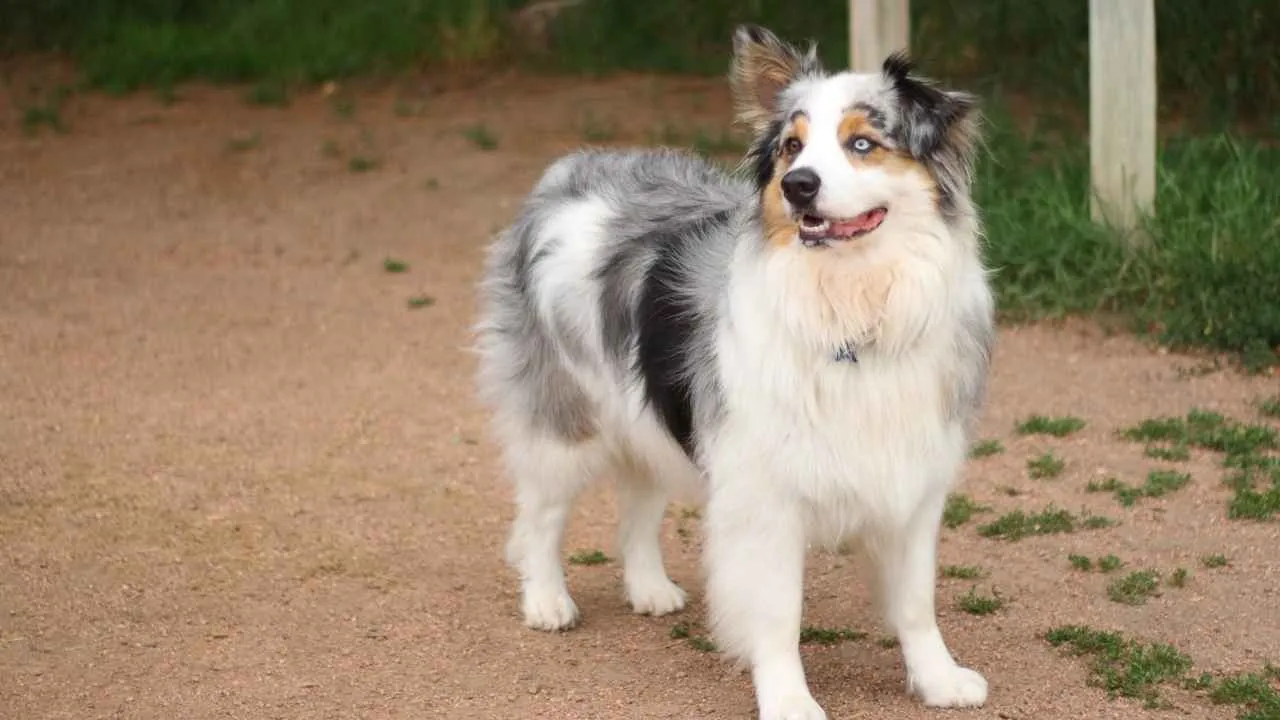
Key Traits:
Deeply attached, thrives on companionship
Highly intelligent, demands both mental and physical activity
Easily stressed by change or lack of stimulation
Australian Shepherds are famously loyal and perceptive, often forming tight bonds with their owners. This emotional closeness, while endearing, can also make them particularly susceptible to separation anxiety, especially if they’re left alone for extended periods without preparation.
Their energetic nature and quick wit mean boredom is a fast trigger for anxious behavior. Without sufficient outlets, Aussies may bark excessively, chew destructively, or attempt to escape. These behaviors often worsen with sudden lifestyle changes or a lack of routine.
Early socialization and daily structure are critical. Exposing puppies to new environments and people helps build confidence, while a consistent schedule, walks, meals, and playtimes offer predictability that calms their minds. Gradually increasing time spent alone teaches them that solitude isn’t a threat.
Mental stimulation is as important as physical exercise. Puzzle toys, obedience work, and interactive games can keep them busy and help prevent anxiety-driven habits. Leaving the radio on or giving a food-stuffed toy before stepping out can ease transitions.
If anxiety is already present, desensitization paired with counterconditioning can make a difference. Start with short absences, reward calm behavior, and slowly extend time away. In more serious cases, consulting a trainer or behaviorist can provide tailored support.
6. Bichon Frise
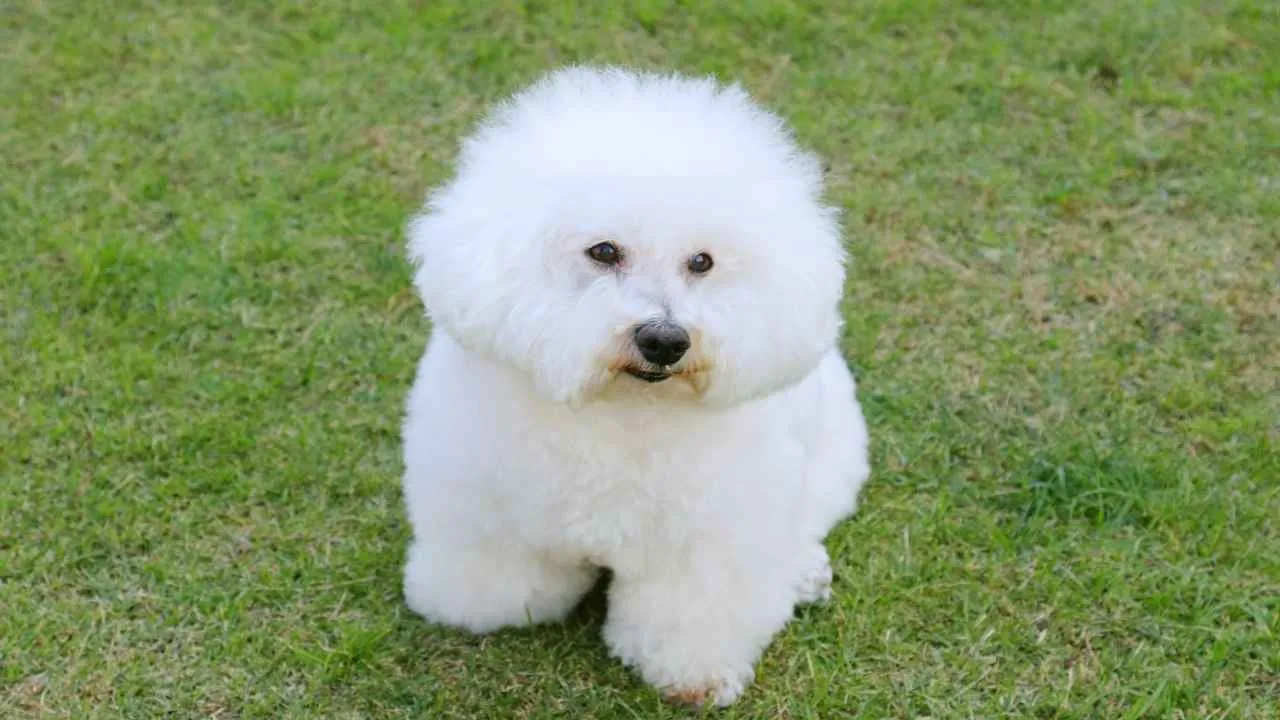
Key Traits:
Exceptionally popular cross breed
Brilliant family pet with naturally loving nature
Prone to developing problematic habits when left alone
Bichon Frises are cheerful, playful, and sociable dogs originally bred to entertain. Today, they thrive in homes where they can stay close to their people and be part of the daily buzz.
These dogs are delightful companion animals, but they don’t like being left alone. As a naturally loving nature breed, they often suffer separation anxiety in dogs, showing signs like barking, whining, and chewing when left for long.
Their intelligence and eagerness to please make them trainable, but consistency is key. Housebreaking can be slow, so new owners should be prepared for accidents and patience during early training.
As per PetPlan, daily exercise and mental stimulation are essential. Even short games or interactive toys help curb boredom and reduce the risk of problematic habits developing indoors.
Grooming is a serious commitment. Their curly coat needs brushing daily to prevent mats, along with regular professional grooming every few weeks.
Despite the effort they require, Bichon Frises are brilliant family pets. With attention, structure, and affection, they offer endless love and joy to dog lovers living in attentive homes.
7. Vizsla
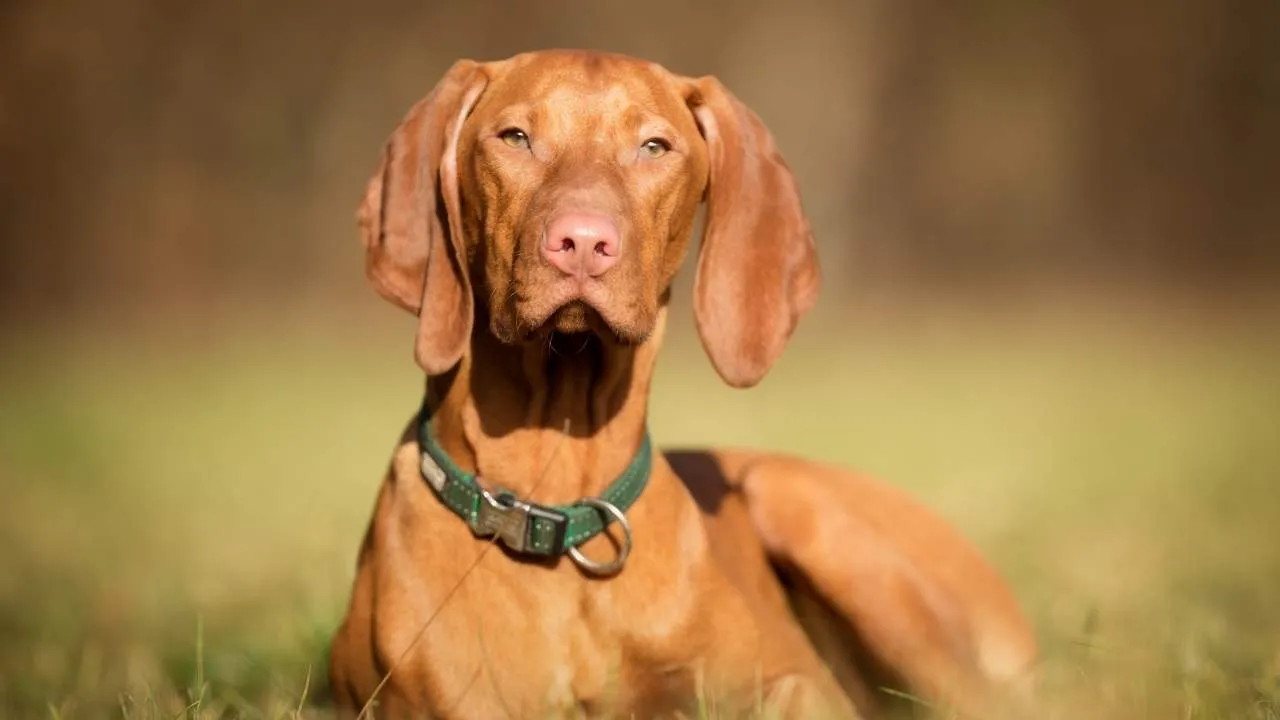
Key Traits:
Beautiful hunting dogs with a gentle temperament
Particularly anxious breed with a strong attachment to owners
Thrive on physical and mental stimulation
Vizslas are loving, elegant, and energetic companions originally bred to hunt alongside humans. Their affectionate nature and high intelligence make them a brilliant fit for active dog lovers.
Due to their deep bond with their human family, they are a particularly anxious breed prone to separation anxiety. Many Vizslas struggle when left alone and may show signs like excessive barking, pacing, or destructive chewing.
Managing separation anxiety in this breed requires early independence training, especially during puppyhood. Teaching a young Vizsla to enjoy alone time helps prevent long-term issues.
As a very active breed, they need daily physical and mental stimulation; walks alone won’t cut it. Running, agility work, or games like fetch and scent training are ideal.
Consistency and routine go a long way in stabilizing a Vizsla’s emotions. Predictability reassures them that you’ll return, reducing stress linked to absence.
Positive reinforcement is crucial in shaping the dog’s behavior. Never punish anxious reactions; instead, calmly reward calm behavior and give your dog a safe space they can retreat to.
Conclusion
Separation anxiety is a complex issue influenced by breed tendencies, environment, and how a dog associates time spent alone. From the highly intelligent breeds like the Border Collie and Vizsla to natural companion dogs such as the Cavalier King Charles Spaniel and Bichon Frise, each has unique needs that shape their emotional well-being.
Understanding dogs’ anxiety means recognizing the signs, whether dogs whine, become destructive, or withdraw, and taking steps to prevent separation anxiety early, especially during adult dog transition stages. This is especially important for breeds intended to work closely with humans, like many working breeds and pack dogs.
While more naturally anxious breeds require more support, even confident breeds like the noble and imposing breed German Shepherd can struggle if under-stimulated or improperly socialized. Whether you have an only puppy, a loving family dog, or a hardworking dog, tailoring a routine based on their individual animal behavior is essential.
From the feisty Jack Russell Terrier to the gentle Vizsla, each breed can become a rewarding dog and devoted family pet with the right structure, enrichment, and care. By respecting what each dog loves and needs, and by learning from other dogs, owners can build confident, resilient companions who feel secure even in their humans’ absence.


